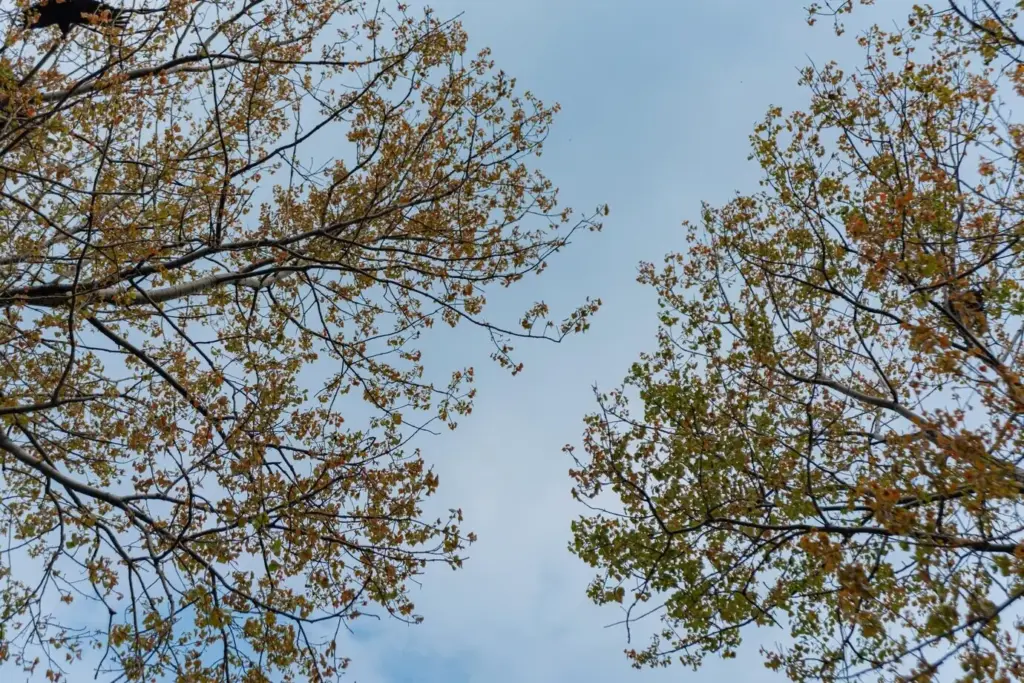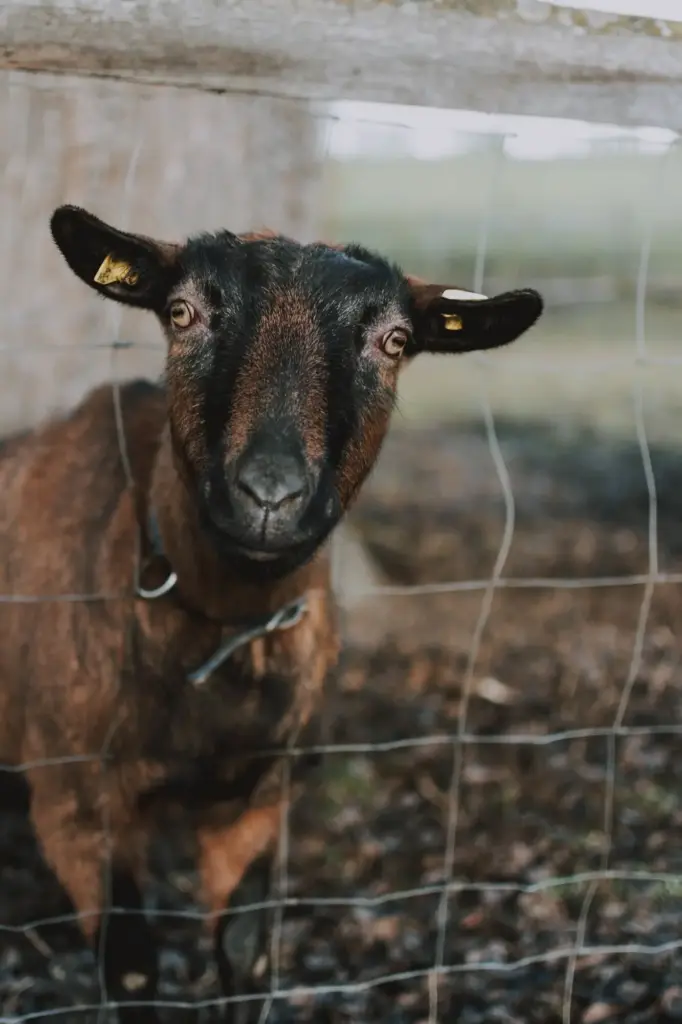Book Your All‑Inclusive Guided Fishing & Hunting Escape
Real‑Time Calendars and Transparent Pricing
Secure Payment, Instant Confirmations, Proactive Support
Flexible Itineraries and Group Coordination Tools
What All‑Inclusive Truly Covers Out There
Species, Waters, and Wild Places

Guides Who Elevate Every Moment
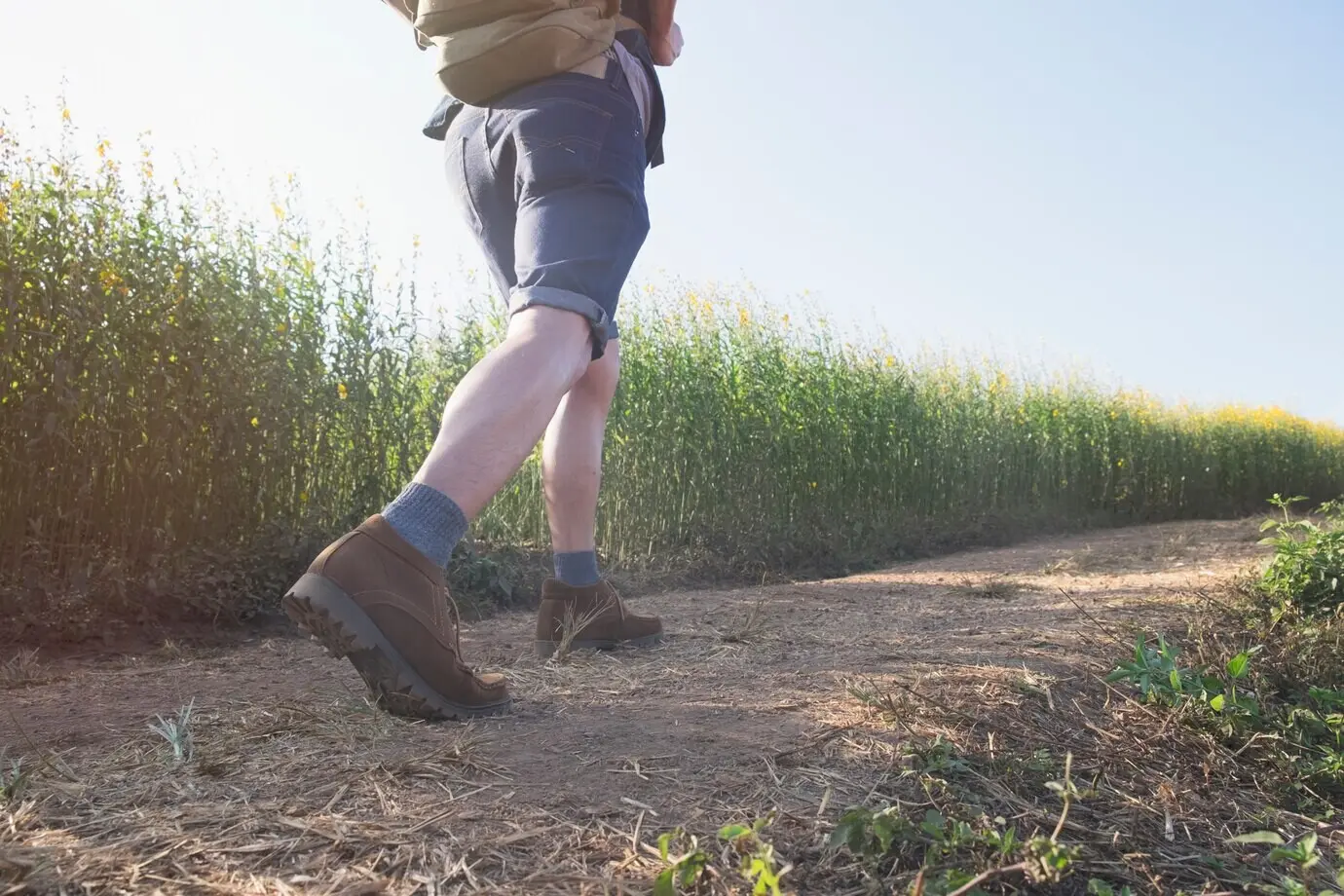
Reading Water, Wind, Tracks, and Tides
A good guide interprets clues that others miss: a single swirl betraying bait, a shaded seam shadowed by boulders, or a hillside thermal rising as evening cools. Tides become a timetable rather than a mystery. You learn to test assumptions, adjust approach speed, and anticipate angles. That shared language, built cast by cast or step by careful step, leaves you better equipped to explore independently while remembering the patient coaching that unlocked each breakthrough.

Safety, Ethics, and Decisions That Age Well
Briefings cover firearm handling, hook removal, wader safety, emergency comms, and wildlife awareness without turning fear into focus. Ethics are practiced, not preached: quick releases, respectful photos, and clean shots only. When hard calls arise—rising wind, marginal light, distant thunder—leaders choose the option that leaves tomorrow open. Guests often recount how a guide’s prudent judgment saved a day or taught a lasting lesson, proving that courage and caution can share the same campfire.
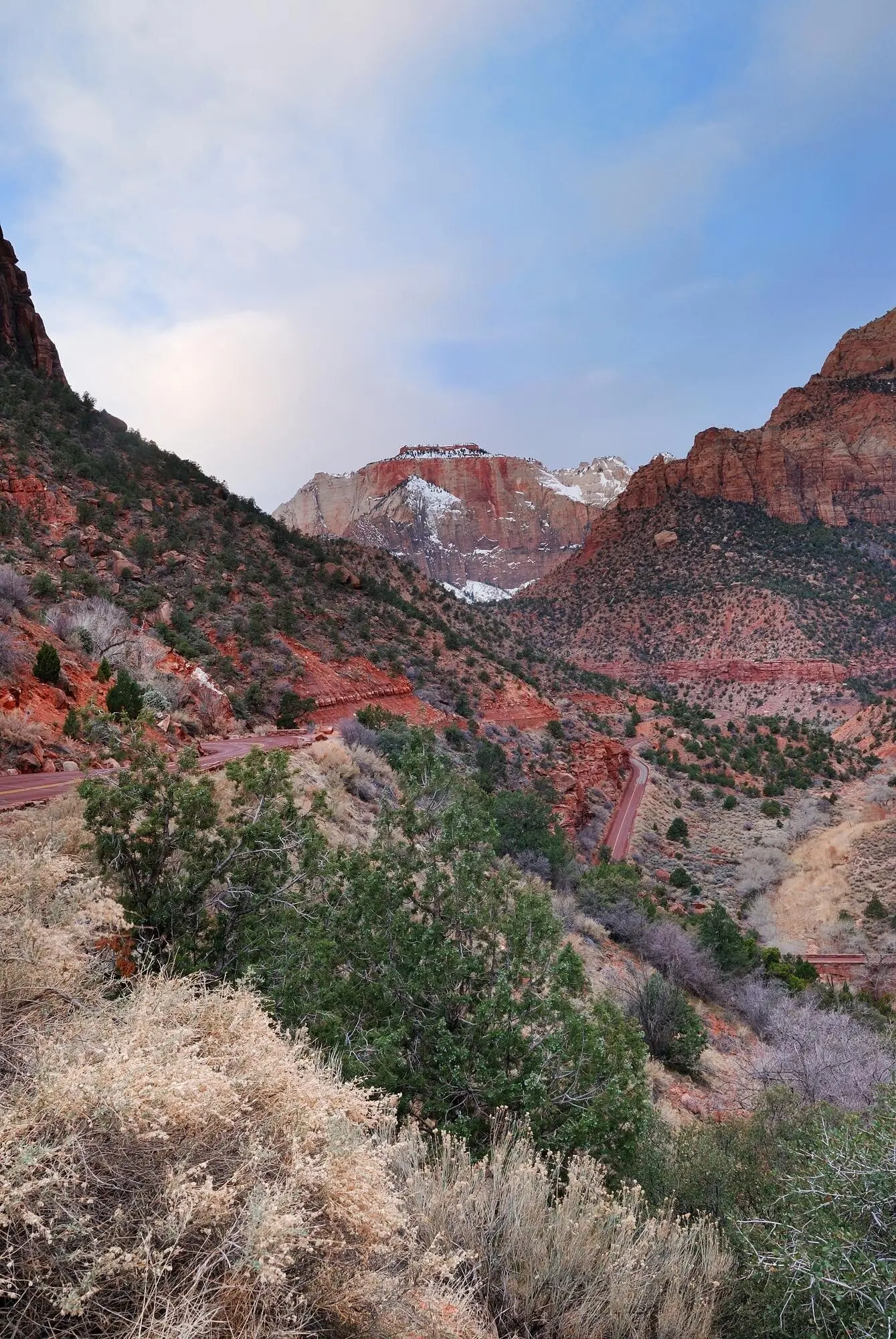
Coaching That Builds Lifelong Skills
Instruction is tailored, specific, and encouraging: tweak grip pressure, shorten your false casts, feather that trigger pull, or lean into the wind differently. Practice targets appear, drills become games, and progress feels fun. Mistakes are reframed as data, not failure. By celebrating small wins—an improved loop, a smoother mount, a quiet approach—you cross thresholds you once thought unreachable. Long after you leave, those habits echo in weekend outings and quiet solo sessions.

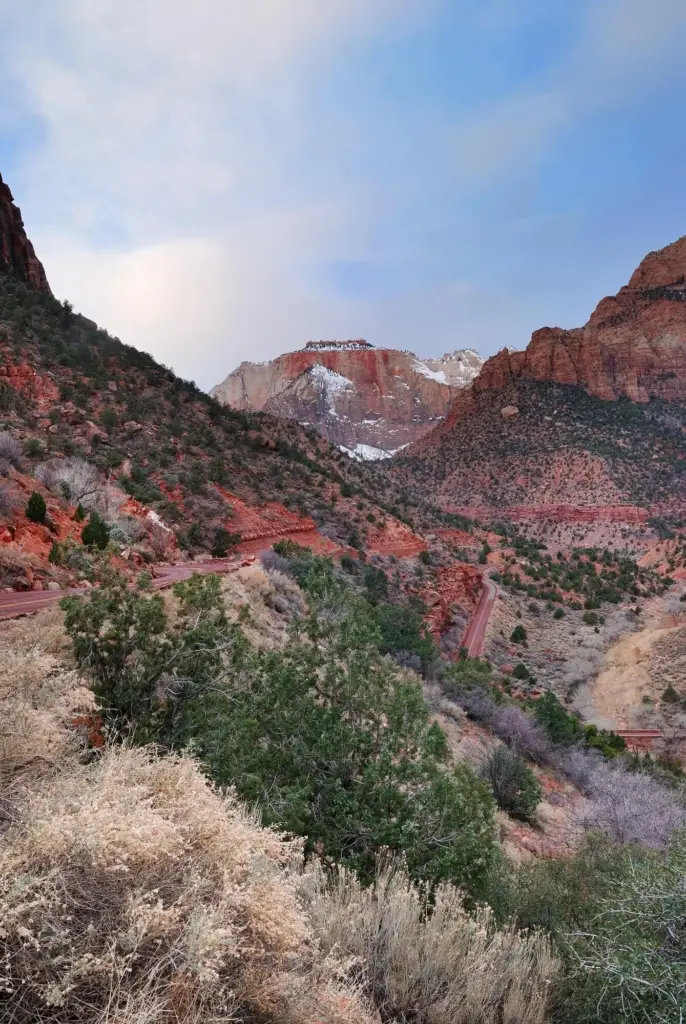


Gear Included: Proven Tools and Smart Tech
